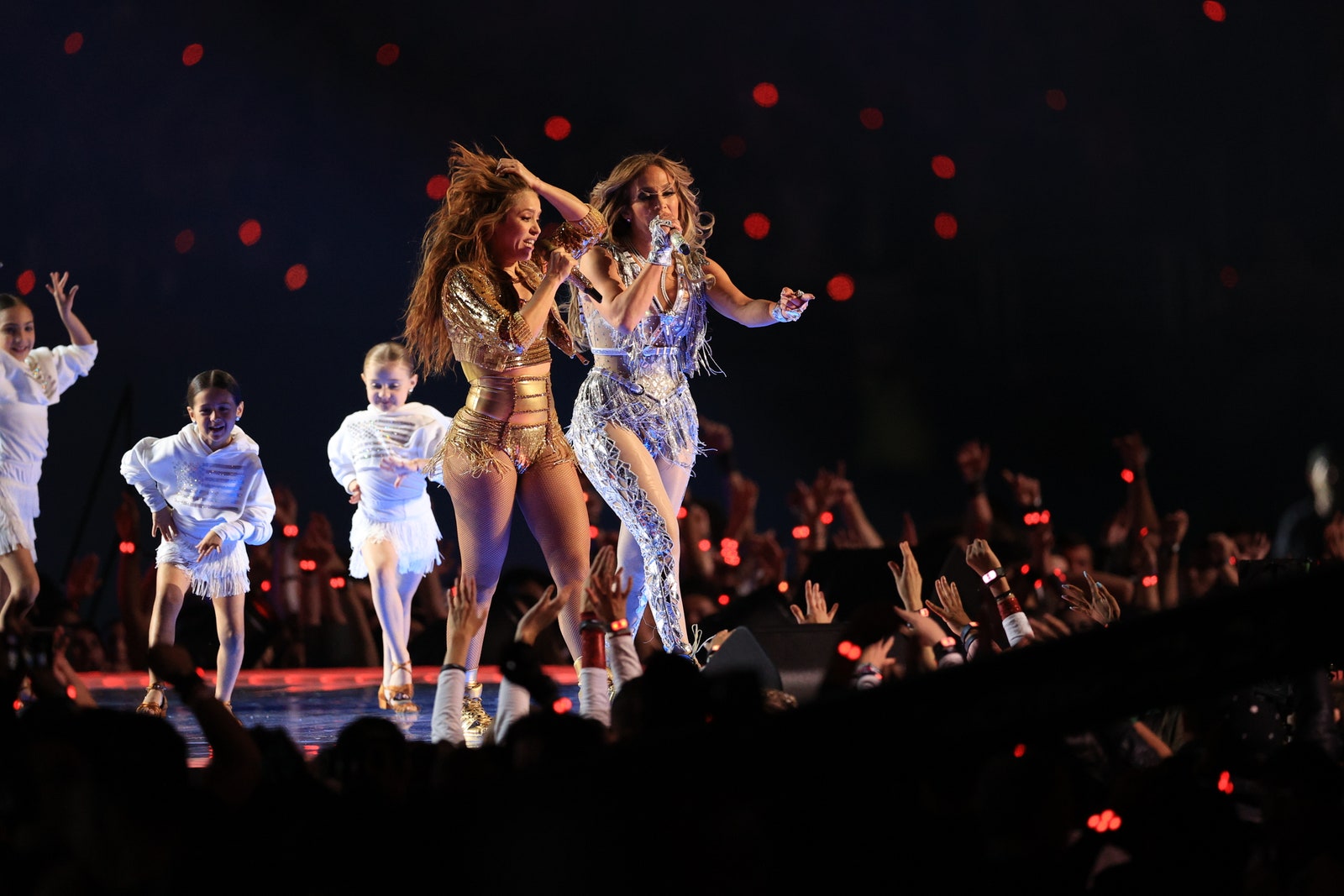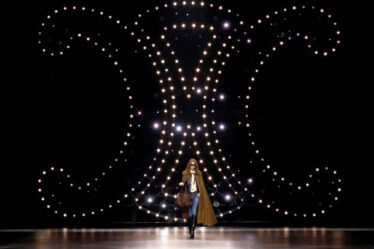
When I left the premiere of Jennifer Lopez’s Halftime at the Tribeca Film Festival, the last thing I expected was to watch film critics become NFL apologists. Still, here we are.
In the documentary, Lopez struggles to create the set for her 2020 Super Bowl halftime performance, a 14-minute spectacle she split with co-headliner Shakira. Viewers watch her grow frustrated as she boils her decades-long career down to under six minutes, leaving time to make a statement about ICE detention centers at the US-Mexico border. The situation deserved more words than any one person could be expected to deliver thoughtfully in just a few minutes, which prompts the star to call the show “the worst idea in the world.” As soon as those words hit Twitter, users spread them like wildfire, no context included.
“They should’ve let Shakira do it alone,” read one viral tweet. Another noted that this year’s Super Bowl headliners—Dr. Dre, Snoop Dogg, Kendrick Lamar, Mary J. Blige, 50 Cent, and Eminem—didn’t publicly complain about splitting their 15-minute set. Both tweets, plus hundreds of others accusing Lopez of “diva” behavior, were posted before Halftime’s official June 14 release on Netflix. Having seen the film, it’s been painful to watch.
You don’t have to love Lopez to know she’s a big enough star to headline on her own. So is Shakira, and so was 2022’s entire lineup. What concerns me about the discourse around Halftime is not the baseline level of trolling female celebrities will always receive—it’s that the internet is mad at Lopez for asking for the same privileges given to white, non-Latina artists since the Super Bowl’s inception. “Typically, you have one headliner at a Super Bowl,” Benny Medina, Lopez’s longtime manager, notes in the documentary. “That headliner constructs a show, and, should they choose to have other guests, that’s their choice.” Think of the 2016 halftime show, when Coldplay invited Beyoncé and Bruno Mars to perform as part of their larger set.
Andy Lyons/Getty Images



